People are often surprised to learn that you can grow artichokes in most climates, even our Zone 4 Wisconsin. In fact, it’s the number one thing people ask about when they visit our garden! The secret is to grow them as annuals. It’s fairly simple, but there are a few tips and tricks to ensure success. Read on for details, or use the shortcut buttons above to jump straight to the printable instructions.

Although we only link to products we actually use on the farm, some links may be affiliate links. Read more about our affiliate policy here.
Artichoke (Cynara scolymus)
There’s hardly anything I love more than strolling down to the garden and harvesting a fresh artichoke for an appetizer before supper. I’ll steam it while melting garlic butter with a fresh squeeze of lemon juice. Once steamed, I pluck off a leaf, dip it in the butter, scrape it with my teeth, and wash it down with a crisp sauvignon blanc. It’s a transformative experience, indeed.
Globe artichoke is a member of the thistle family, in which the flower buds are edible before they bloom. You might be surprised that you can grow artichokes in most climates. The difference is whether you can grow them as perennials or annuals.
In Zones 7–11, you can grow artichokes as perennials, meaning they live more than two years. In Zones 3–6, you can still grow artichokes. However, you must grow them as annuals, meaning they complete their life cycles in a single growing season. This is completely OK, as most vegetables are annuals! In fact, there are specific varieties of globe artichokes for annual production, which we’ll talk about more below.
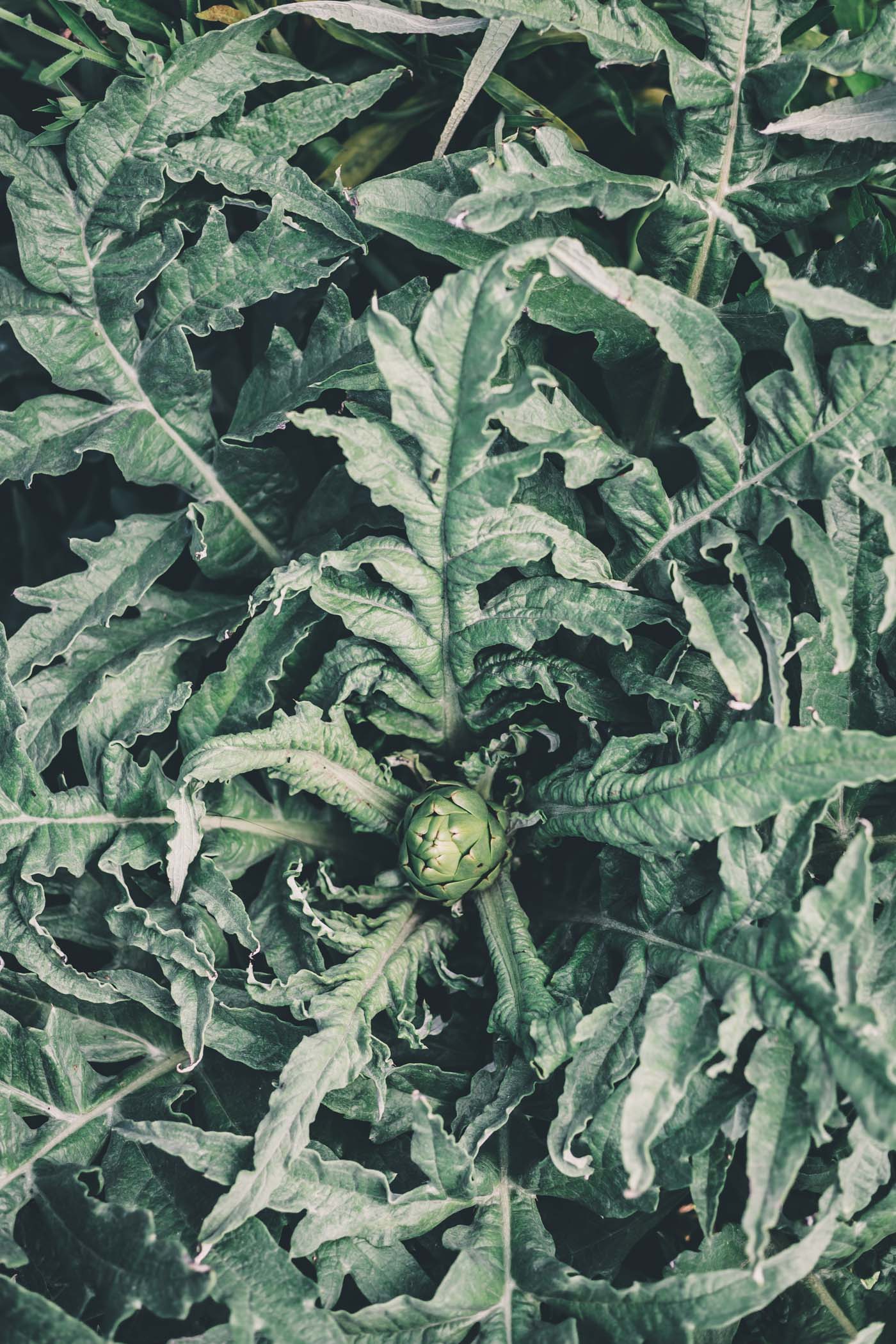

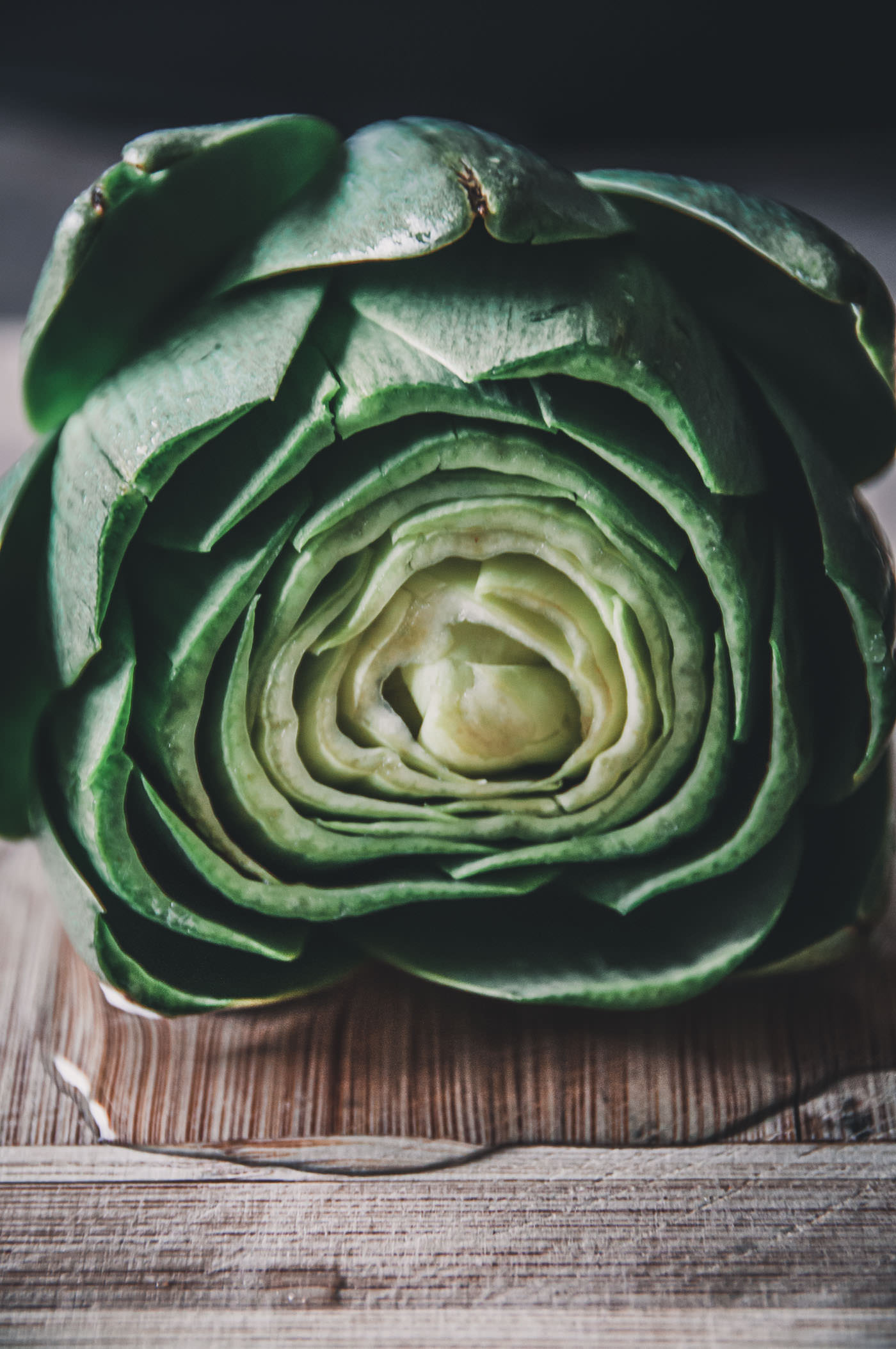
How to Grow Artichokes as Annuals
Since I live in Zone 4, I grow artichokes as annuals. Because artichokes are perennial plants by nature, there are a few tricks to grow them successfully as annuals. These include selecting the best varieties for annual production, giving them a head start, providing a cold treatment, and transplanting into heavily-amended soil. By utilizing these tips, you’ll be able to grow artichokes as annuals in your garden.
Choosing Artichoke Varieties
Choose artichoke varieties that are best suited for annual production. ‘Imperial Star’ is a green artichoke specifically bred for annual production that produces well-developed artichokes the first year from seed. ‘Colorado Star’ is also for annual production, but it produces purple buds instead of green.
Start Indoors
Give artichokes a head start on the season by sowing them indoors 8–10 weeks before last spring frost date. Click here to find your last spring frost date.
Artichokes germinate best between 70–80°F. I put my pots under shop lights and place them on top of a heat mat with the thermostat set to 75°F. For more information on how to start seeds indoors, check out this blog post. We also created a Seed-Starting Supplies Checklist (it’s free! all you need is an email address).
Once seedlings have four leaves, transplant to 4″ pots and grow at 60–70°F during the day and 50–60°F at night. The trick to growing artichokes as annuals is giving them a period of cold temperatures, which is referred to as vernalization.
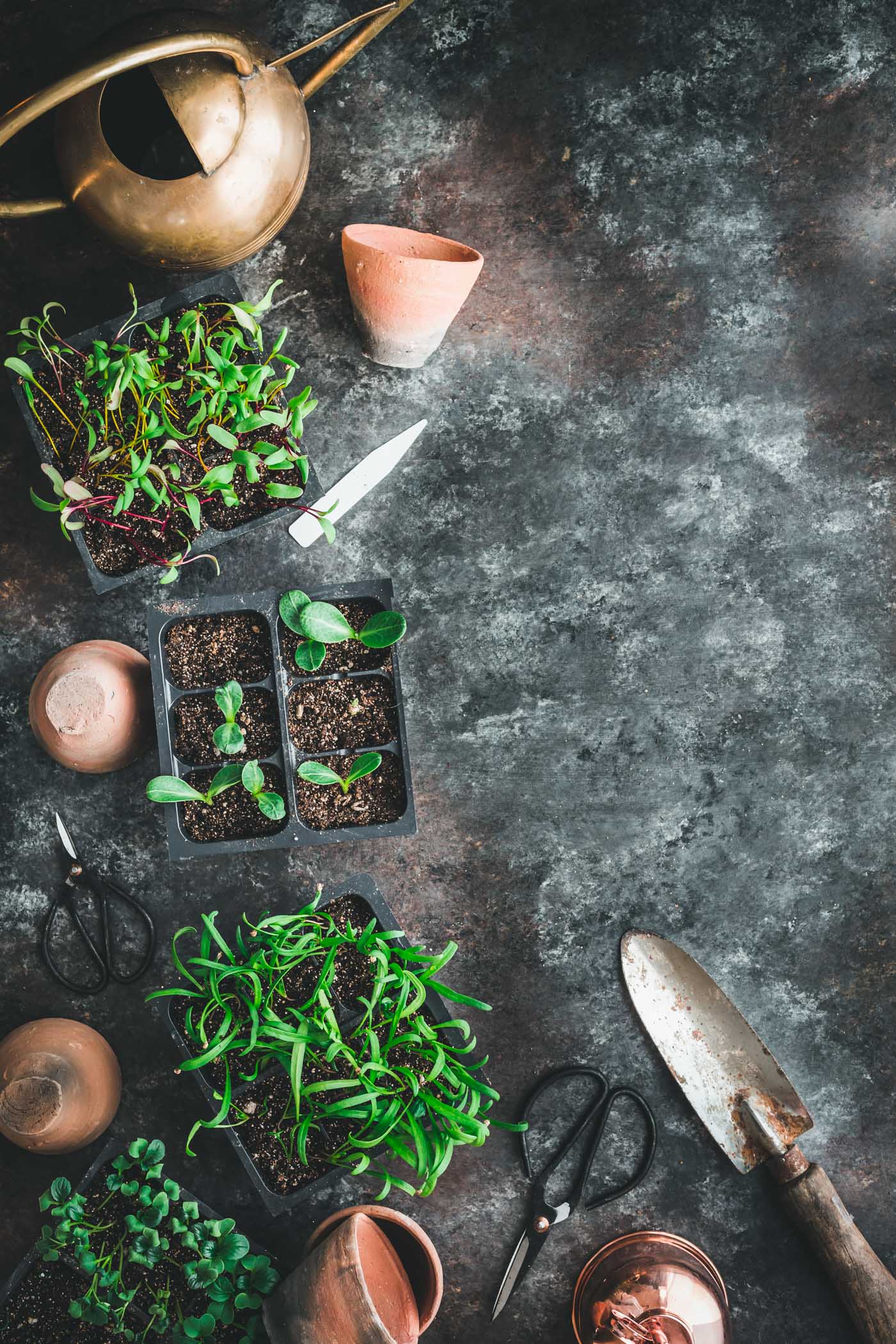
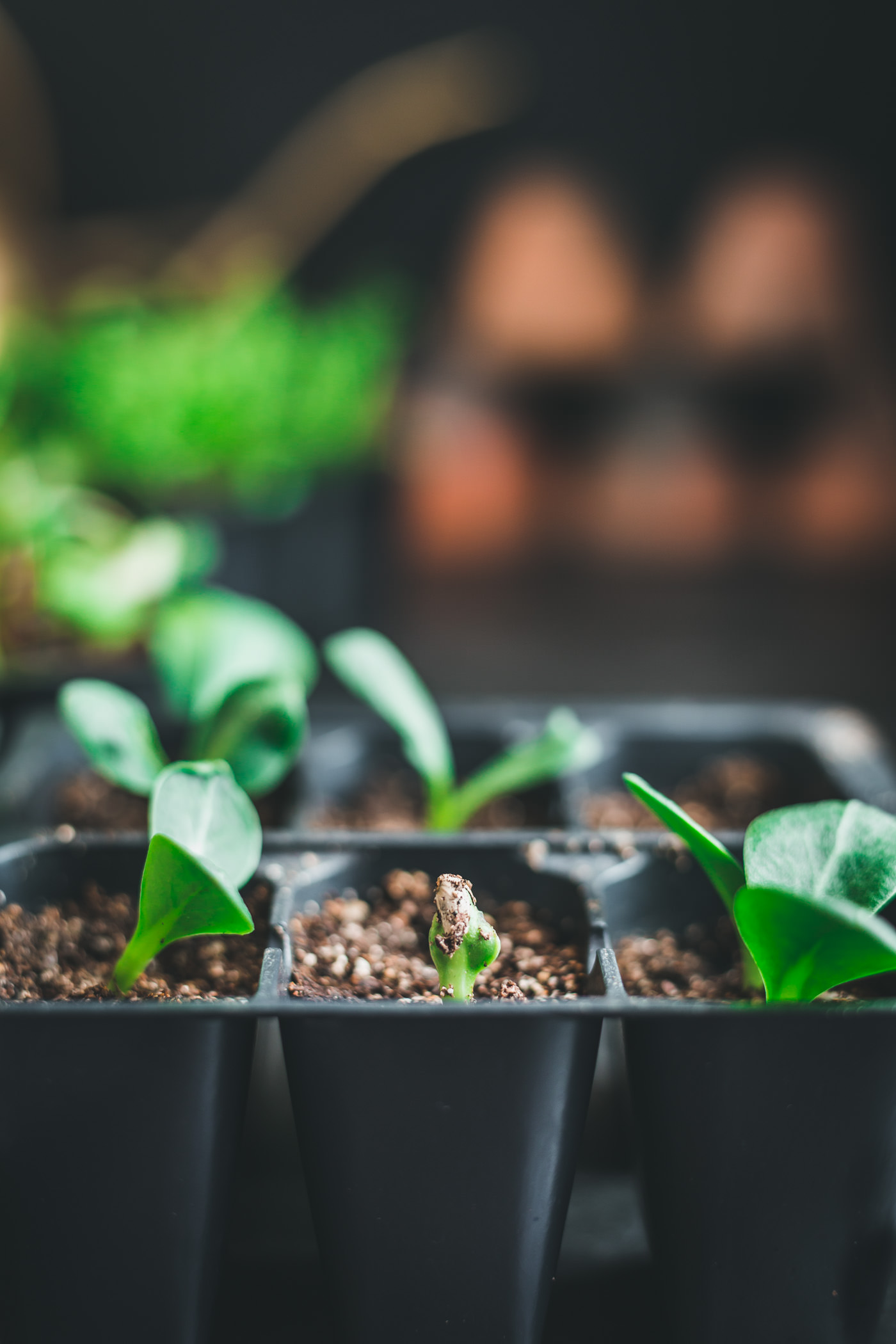
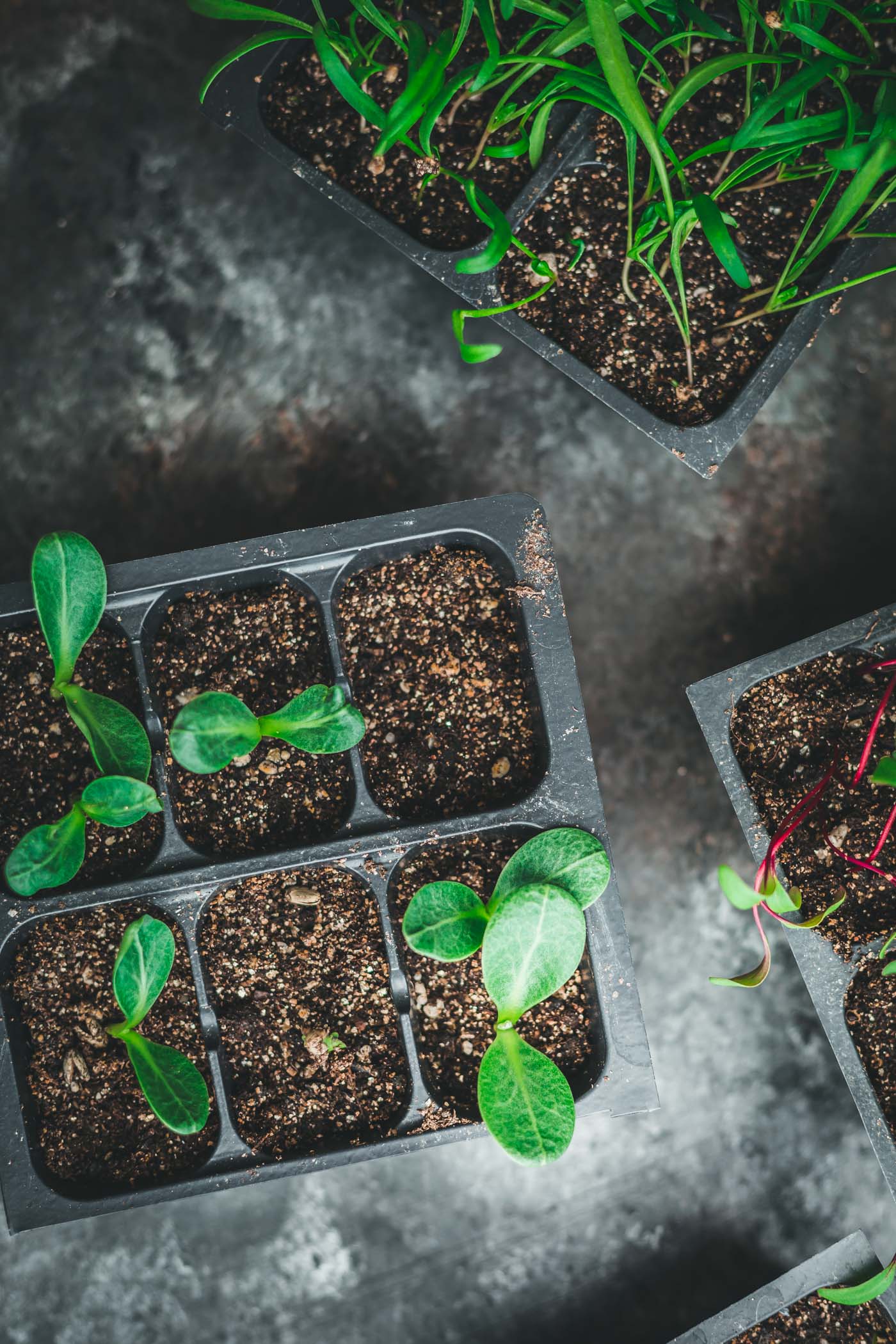
Vernalization
Vernalization is the process of introducing plants to chilled temperatures in order to induce budding. For climates with mild winters, this happens naturally. Artichoke varieties like ‘Imperial Star’ and ‘Colorado Star’ require shorter periods of vernalization to produce buds. This why choosing the right variety is one of the first steps to grow artichokes successfully as annuals.
These newer varieties require approximately 10 days of temperatures below 50°F (but above 32°F). The easiest way to accomplish this is by timing transplant so the plants can receive this exposure outdoors. Time transplanting so plants receive at least 10 days of 45–50°F. Protect from frost with blankets, cold frames, or whichever method you prefer.
If this isn’t an option, start bringing the plants outdoors when temperatures are above 32°F. If freezing temperatures are expected, bring them into a porch or other protected area. However, do not bring them back into a warm house or greenhouse, as we are trying to trick them into a winter.
I’ve also read that you can simply chill seeds in the refrigerator for two weeks before starting your transplants. However, I have not tried this method.
This might all sound complicated, but I promise it’s not. Don’t stress it and do the best you can. I find these varieties to be quite forgiving.
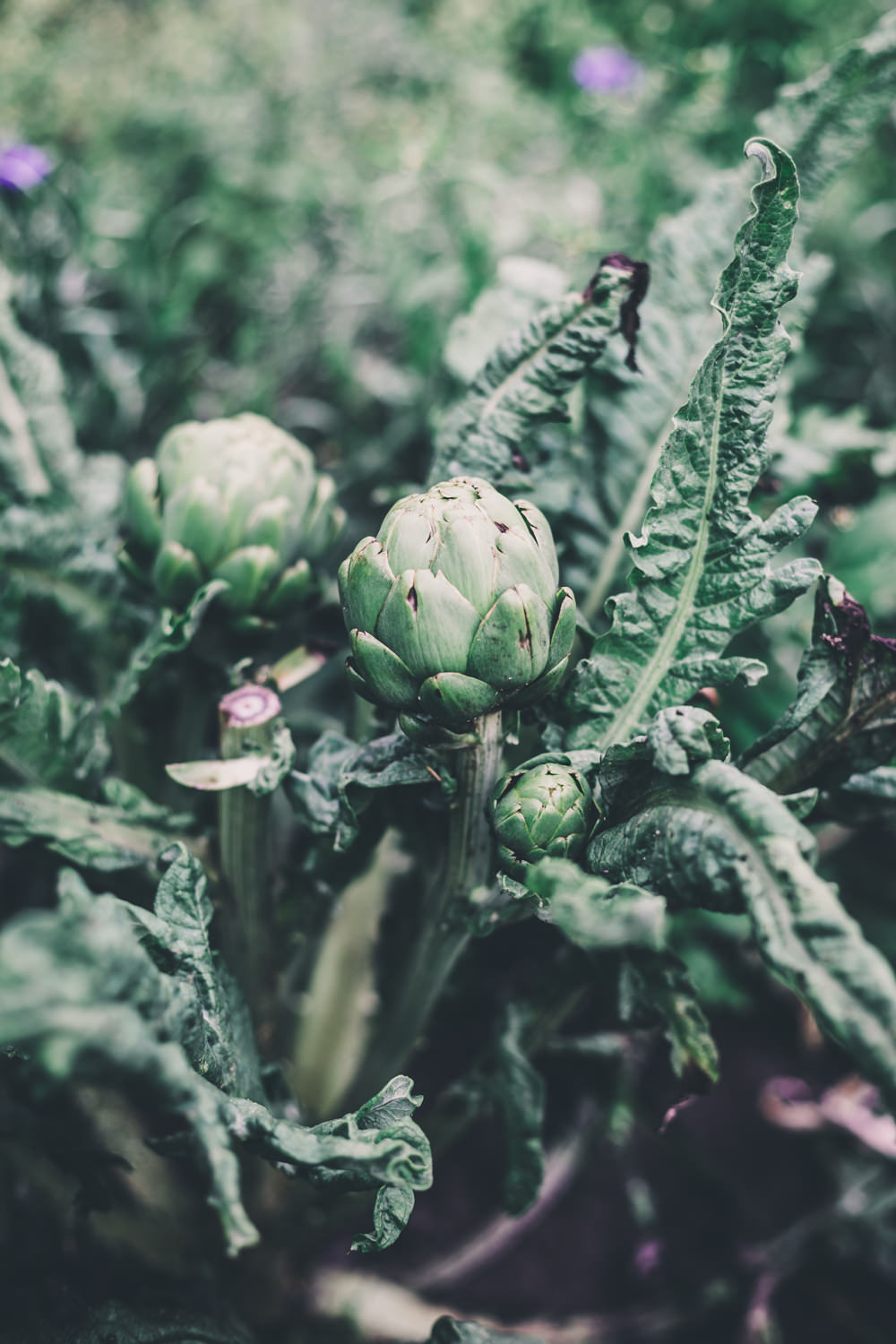
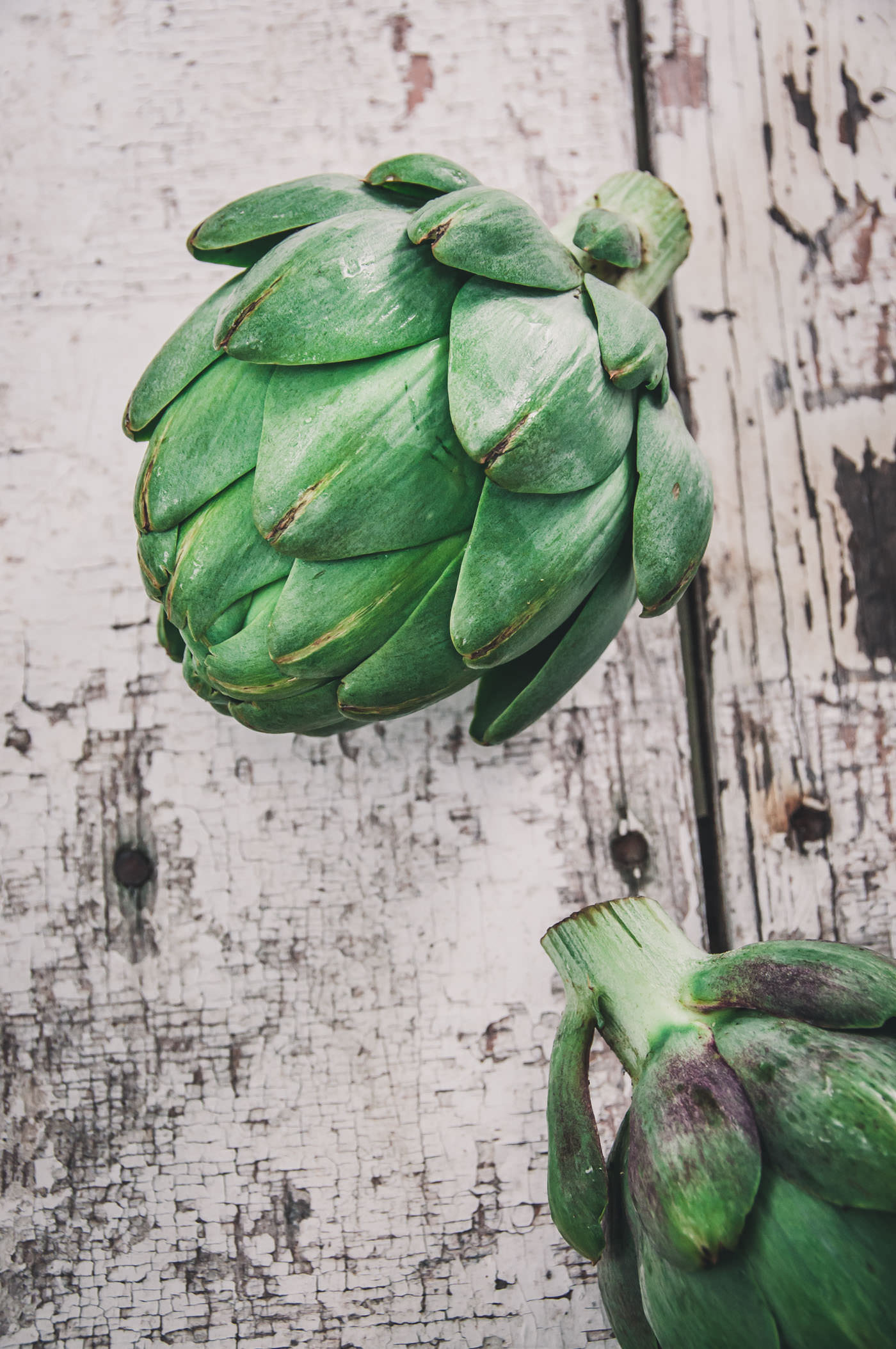

Transplanting Artichokes Outdoors
Transplant seedlings 2–3 feet apart in rows 4–6 feet apart. If your summers are hot, mulch plants thickly with straw to keep the soil cooler.
Artichokes are heavy feeders, so be sure to amend soil with fertilizer and top-dress with a layer of compost. Once buds begin to form, usually in July in Z4 Wisconsin, I apply a high-concentrate liquid seaweed fertilizer.
If you want more information on soil amendments, check out our free guide How to Fertilize Soil Organically. In it, we break down the 16 essential plant nutrients, the difference between organic and synthetic amendments, as well as compost versus fertilizer, and more!
Artichokes have few pests other than aphids. Control aphids with high-pressure water spray or organic insecticidal soap.
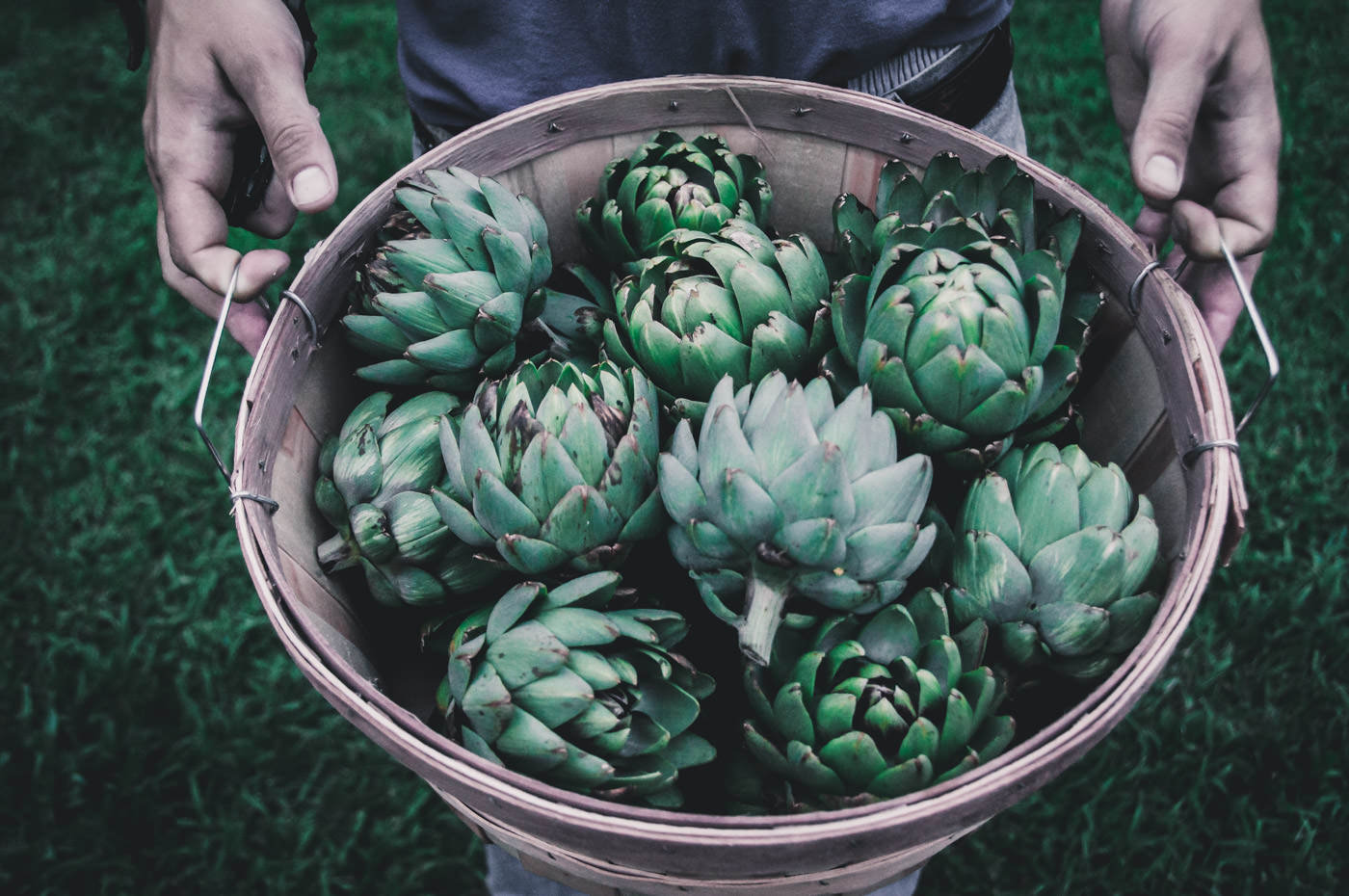
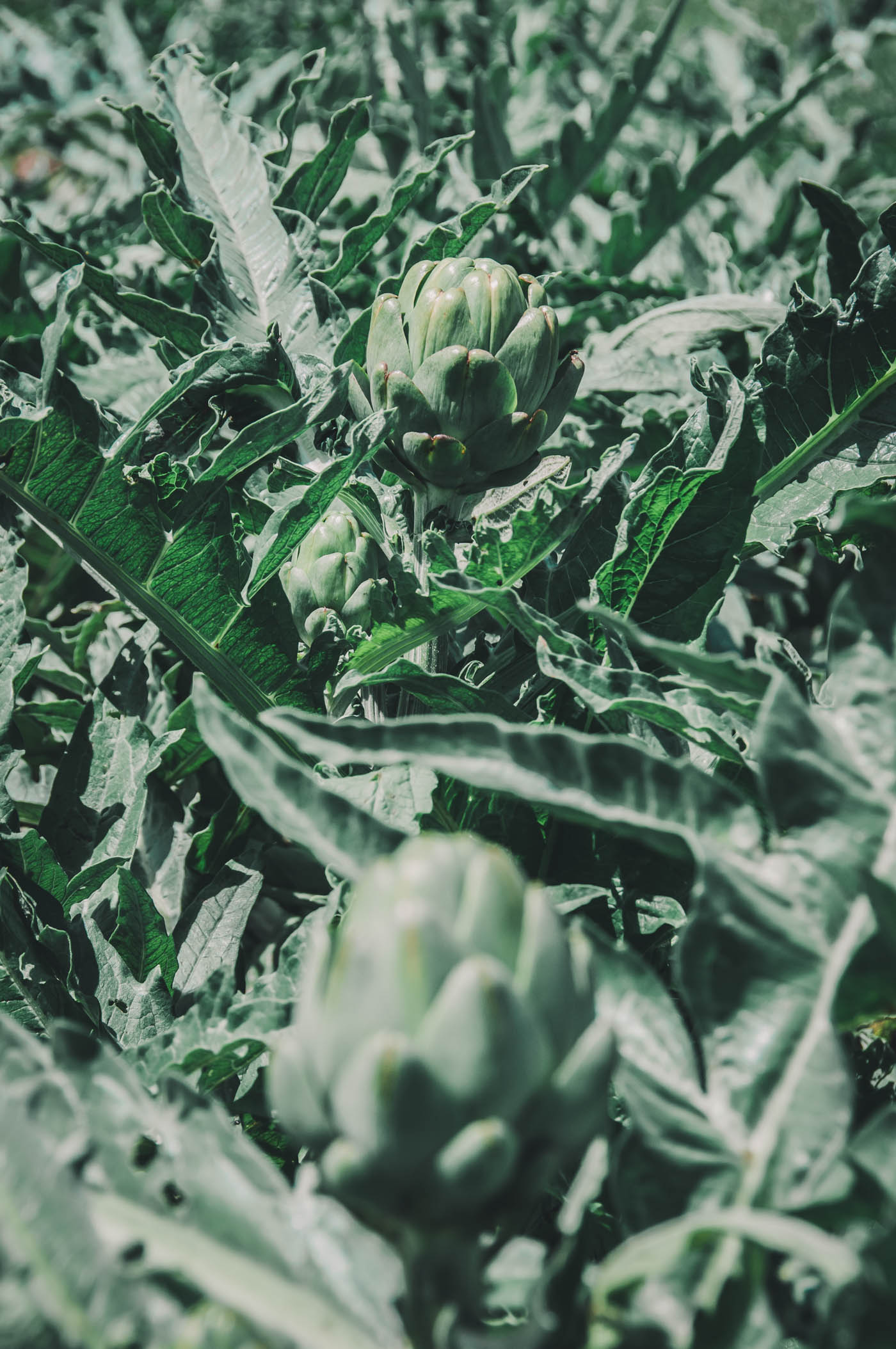
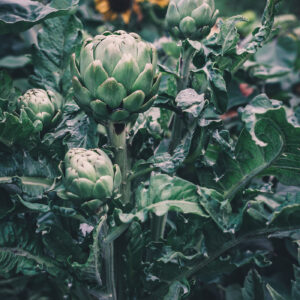
How to Grow Artichokes as Annuals
Materials
- Artichoke Seeds
- Trays/Pots
- Soilless Mix
- Soil Amendments *
Instructions
- Start seeds indoors, 8–10 weeks before last frost date.
- Once seedlings have four leaves, transplant to 4″ pots and grow at 60–70°F during the day and 50–60°F at night, ideally.
- Choose a location with well-draining, fertile soil (pH 6.0–7.0) and full sun. Artichokes are heavy feeders. If you haven’t already, prepare soil with amendments/compost based on soil needs.*
- Transplant seedlings 2–3 feet apart in rows 4–6 feet apart. Water in well.
- Cold Treatment: Time transplanting so plants receive at least 10 days of 45–50°F. If this isn’t an option, start bringing the plants outdoors when temperatures are above 32°F.
- If summers are particularly hot, mulch plants thickly with straw to keep the soil cool.
- Harvest mature buds by clipping a couple inches below the bud on the stem.
Notes
Did you find this information helpful? If so, I’d love it if you shared it with your pals.
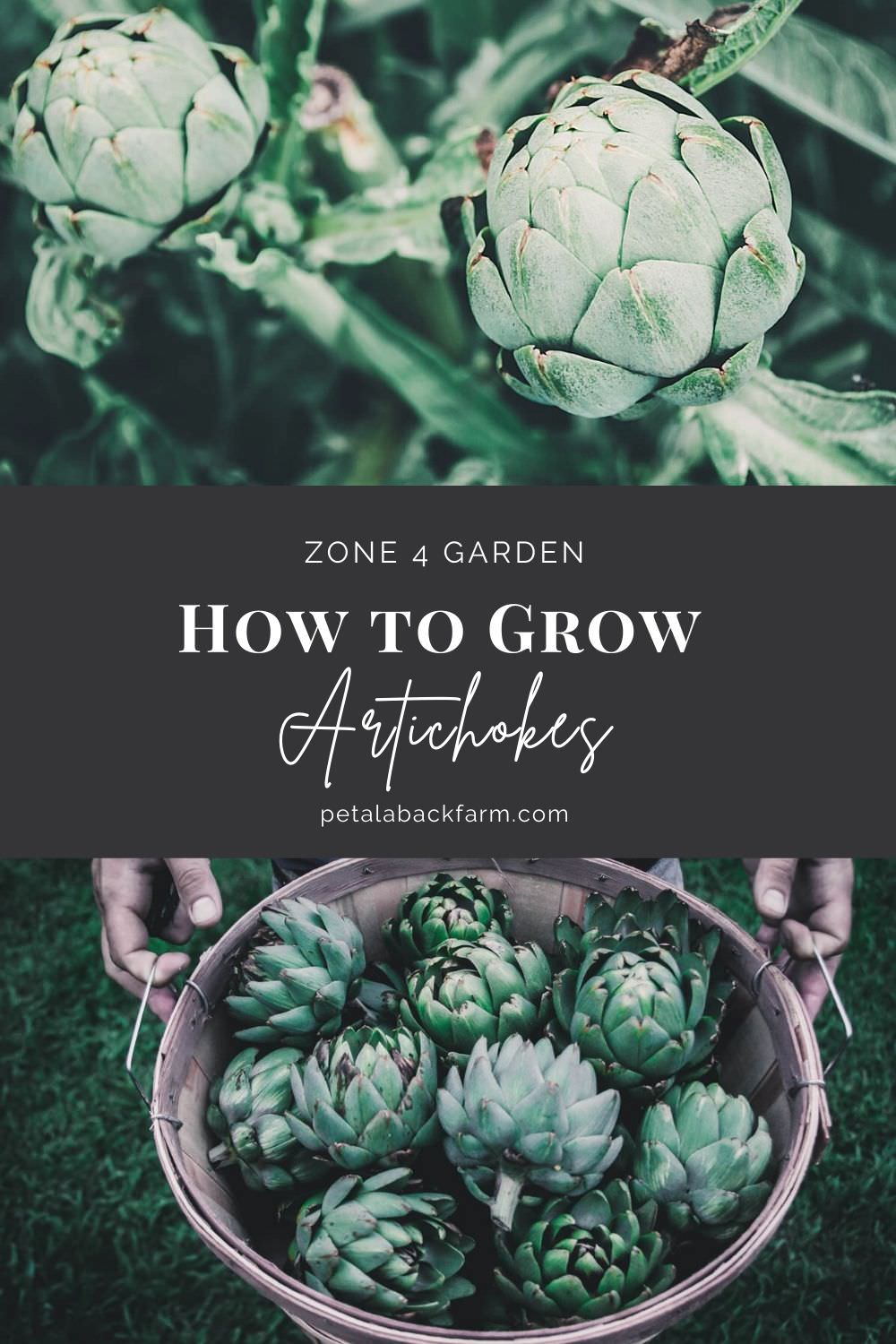
[…] must weigh the advantages of perennial artichokes that return year after year with the benefits of annual artichokes that allow more frequent experimentation and adaptation. As we delve further into the factors that […]